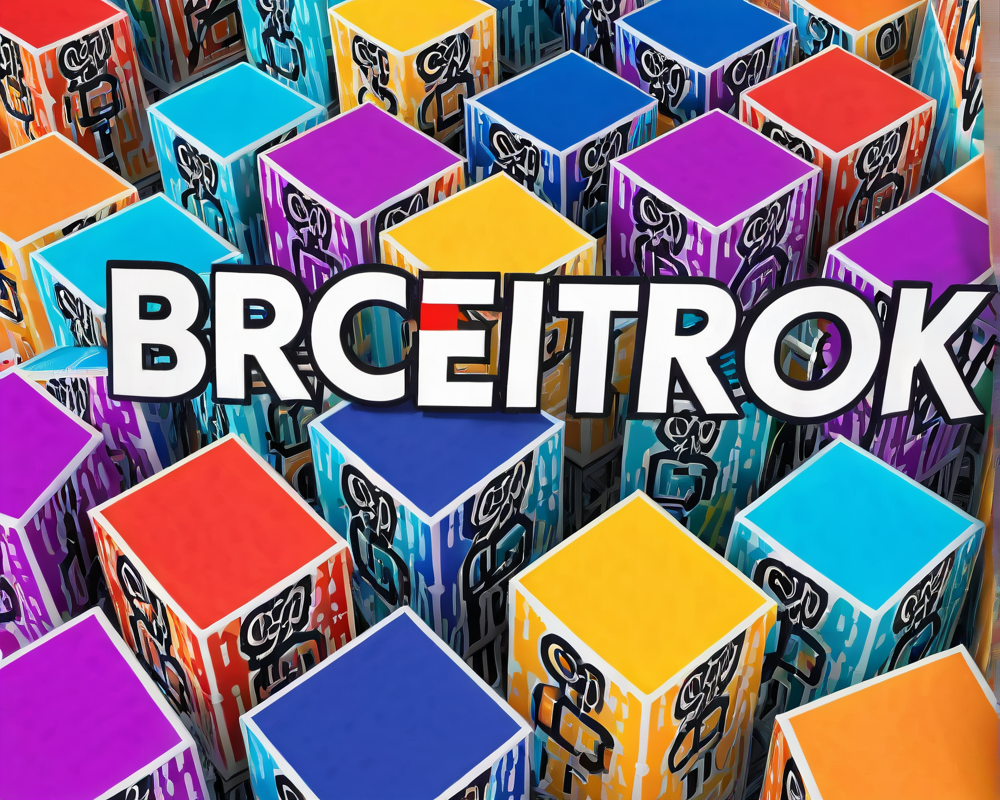Understanding the One-Way Nature of Staking
The anticipation for Ethereum 2.0 is palpable, yet it comes with a little hiccup: once you stake your Ether, you can’t retrieve it until Phase 1 rolls around, which could feel like waiting for that slow uncle to arrive at Thanksgiving dinner—forever! This one-way street means potential stakers are wrestling with their wallets, debating if they want to lock their funds away, which could be tied up for years.
LiquidStake: A Game-Changer in Staking?
Enter LiquidStake, the innovative solution offered by Darma Capital that allows stakers to keep their funds accessible while they earn rewards. With LiquidStake, both individuals and institutions can stake their Ether but still have the option to use it as collateral for loans in USD Coin (USDC). Essentially, they can live their life while reaping staking benefits—a win-win situation if you can snag it!
The Magic of Not Tokenizing Ether
One of the standout features of LiquidStake is that it doesn’t create new tokens to represent staked Ether. As James Slazas, CEO of LiquidStake, aptly put it, tokenizing an asset with a short lifespan can be like building a sandcastle during high tide; it’s risky territory. Instead, they offer the collateral without the fluff, allowing Ether to be used as it should be—without worry of liquidity issues for a hypothetical token.
Partnerships Made in Staking Heaven
To ensure that everything runs smoothly, LiquidStake collaborates with notable staking providers like Bison Trails, ConsenSys Codefi, and Figment for the backend validation. On the legal side, they’ve invited OpenLaw and Lukka to assist with the tax bureaucracy that can often turn into a nightmare for individuals and institutions alike. It’s like throwing a barbecue party where you invite not just friends but also legal advisors to handle the spillover!
The Tax Treatment Are You Kidding?
Joining Ethereum 2.0 via LiquidStake simplifies the complex tax implications often faced, especially by institutions. They essentially swap their staked Ether for a more familiar arrangement, making tax management a breeze. As Keys explained, institutions prefer this route due to its clear regulatory and tax treatment. No one wants to be slapped with surprise bills at tax time, right?
The Centralization Conundrum
While LiquidStake resolves many issues, it does come with a notable caveat: users must utilize LiquidStake to stake their Ether; otherwise, they forfeit the benefits of the lending service. It isn’t just about convenience; it’s about ensuring that the collateral is secure. Slazas emphasizes that a controlled staking environment helps mitigate risks associated with Ether’s private keys—because who wants to play hide-and-seek with their money?
Looking Ahead: A Potential Decentralization
There’s a silver lining in this highly centralized service—the team is aware and on the lookout for ways to decentralize. They’re on a mission to continue growing Ethereum’s ecosystem, balancing the need for security with the community’s desire for decentralization. It sounds like they’re working on the staking version of a superhero origin story!




